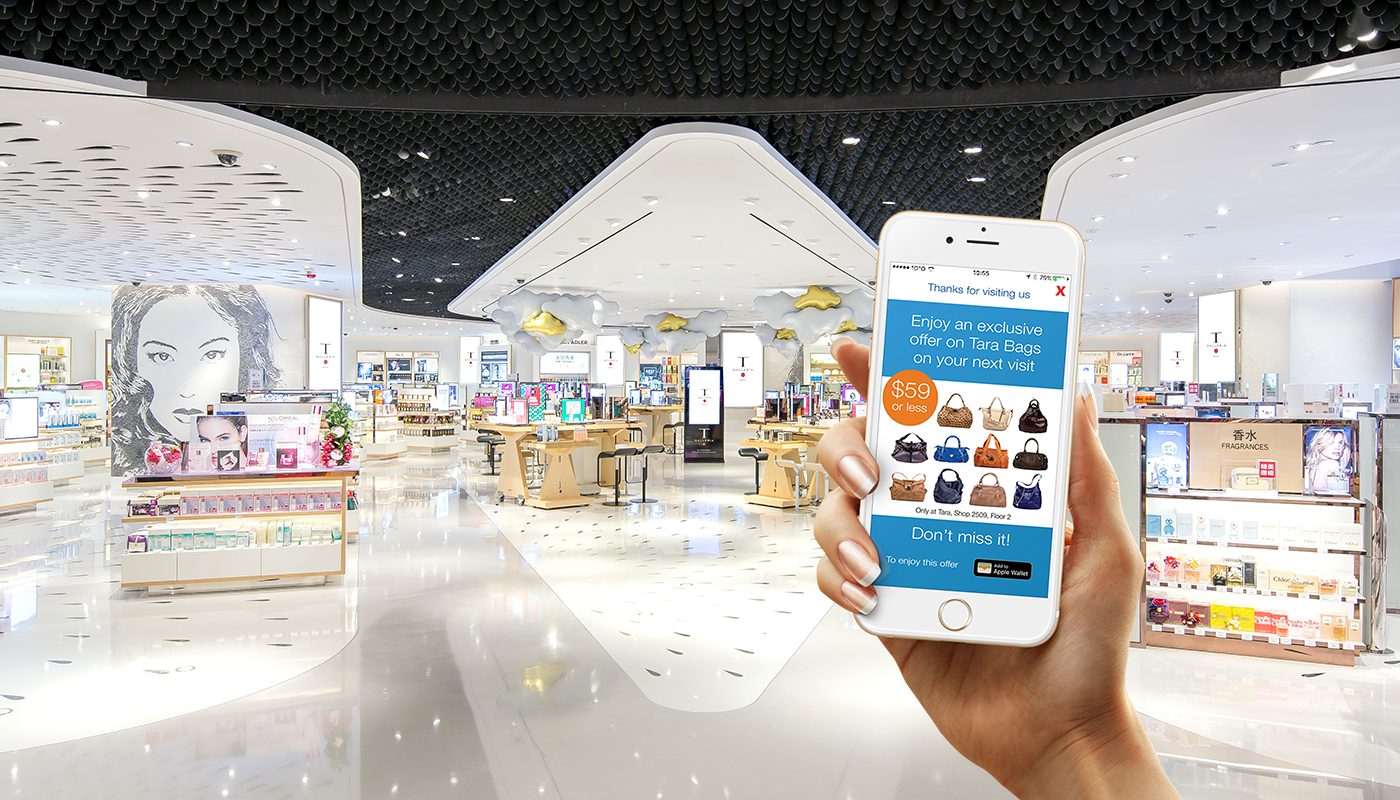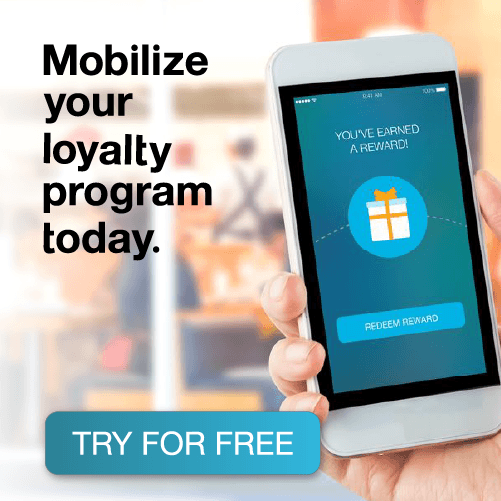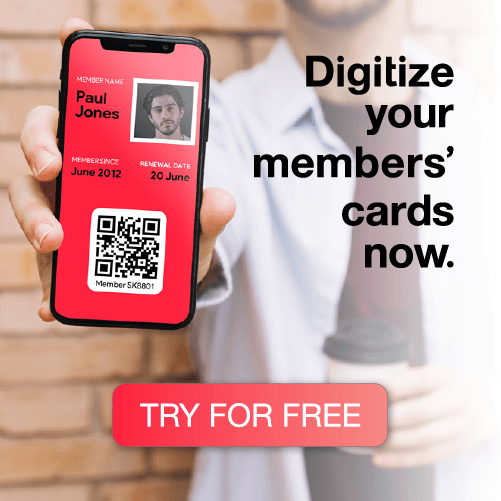Know Thy Customer
It’s one of the cardinal rules of marketing. Savvy brand managers have always preached the importance of knowing and understanding your target customer. They often pay significant amounts of money to research firms developing customer profiles, figuring out what age their ideal product-purchasers are, where they live, what they love and what they hate. This precious information is used to craft targeted marketing campaigns which are going to make a positive impact on the customer in the right place, at the right time, in the right way.
But such research really only serves to get one’s foot in the proverbial door. Once sales begin to pick up, marketers can start collecting real information, about real life customers, and use this to adapt their campaigns accordingly, even tweaking them according to the preferences of key influencers. In theory.
In reality, as the buying landscape and consumer culture has changed, many marketers are struggling to keep up with the new rules of the road. On one hand, traditional methods of engaging with customers can be very one-dimensional. Take loyalty card schemes for example. These were designed to foster increasing engagement with a brand. But how many marketers know how loyal their loyalty card holders really are? A marketer can tell how many cards are distributed, and if the method of feedback from a store is sophisticated enough, possibly how many times they are used, or which special offers are redeemed. They cannot tell, from a paper coupon, exactly when the customer was in the store, or how many times they came in to browse without making any purchases.
On the flip side, marketers are also suffering from data deluge. Many have spent the past five, ten or more years growing social communities on platforms like Facebook and Twitter. Increasingly powerful analytics tools on these sites can provide them with a huge amount of demographic data about their fans. But is this information really being used effectively to better engage with the consumer?
Get Mobile
For years marketers have talked at length about the huge potential of mobile technology. Not only can mobile help brands to create deeper connections with customers, no matter where they are, these devices can also serve up a veritable treasure trove of informative, real-time data for marketers to analyze and use. The mobile wallet revolution is opening up access to reams of data – not just on customer demographics, but critically, behavioral patterns. This data is incredibly valuable because it’s based on actual consumer activity, rather than guesswork on what a customer might do as a ‘typical’ 25 – 30 year old female, for example.
I firmly believe that we’re at the tipping point of the mobile marketing right now due to technology advances from the major smartphone manufacturers. Last year, Apple announced the launch of a Apple Pay, allowing a customer to store their credit card in the native application, Apple Wallet, an app that cannot be deleted from the consumer’s device. Google was quick to follow, unveiling its updated payment application in Android Pay. This move by the two tech giants automatically puts the mobile wallet into the hands and pockets of hundreds of millions of people, worldwide.
The technology is there. As a next step, brands need to stop speculating and start jumping into their customers’ mobile wallets. Sophisticated marketers already know that not all women like pink gadgets and not everyone living on Victoria Peak owns a Porsche. The way in which customers use their mobile wallets to interact with a company reveals much more about what they like, when and where they choose to interact with brands, how often and for what reasons. This information can be fed back to marketers in real time, helping to deliver significant ROI on marketing campaigns. For example, if a brand chooses to roll out a mobile loyalty card scheme, they can see which special offers are being redeemed, on what devices, in which stores and at which times of day. Subway in Hong Kong is a great example of a company already using the mobile wallet to engage with local subs-lovers. The brand launched a campaign encouraging customers to download a mobile coupon to their phones via a link sent out with an eDM. The marketing team saw 10,000 passes issued in just 24 hours. Using the analytics from the mobile passes, the brand discovered that Hong Kongers weren’t really fussed about a coupon offering customers a free upgrade from a six inch sub to a foot-long. But when they gave away free cookies, the queues stretched to the end of the street. Unlike traditional paper coupons, using mobiles passes enabled Subway to respond to general trends – as well as individual habits and preferences – in an instant.
Subway is one of the major brands leading this trend in Asia, but the beauty of the wallet is that it’s not only for global organizations. Many types of businesses, from one-man-bands to MNCs understand the significance of mobile but have been slow to embrace the platform as a marketing channel due to lack of technical experience, lack of resources and lack of budget. This is compounded by the fact that many brands have developed a misplaced perception that mobile marketing must involve creating an app. Apps are costly to develop and extremely time-consuming to build and manage. They also need to be extremely useful or updated with fresh information very regularly to keep from users hitting the uninstall button. Luckily, there is more to mobile marketing than app development, particularly now that mobile operating system experts like Apple and Google have already done a lot of the hard work on everyone’s behalf by building these native mobile wallet apps. Now, all marketers need to do is develop, distribute and manage the content. And luckily there are firms out there like PassKit who can help with that, too.
Maximise ROI
The proof, as they say, is in the pudding. We’re seeing some awesome examples of smaller, innovative firms around Asia embracing the mobile wallet as a way to connect with people and grow sales. Take Frenz Frenzy, a small bar in Osaka, Japan. Knowing that their customers were loyal and tech savvy, they decided to create a convenient “super pass” for loyal bar-goers. Consumers simply need to scan a QR code in the bar to save the mobile pass into the mobile wallet within their iPhone or Android phone. Pass holders can use the mobile coupon for myriad things including: paying for drinks at the bar using credit added to the pass, collecting loyalty points every time they top up, and using the pass as an entry ticket to exclusive events. In fact, when the owner recently sent out an event invitation via the pass, the bar saw the best ever turnout, with 106 guests turning up out of 107 invitations distributed. Cash flow has also improved significantly due to customers topping up credit on their passes in advance, and using this to pay for drinks straight from their mobile wallets.
We’re hearing a lot of buzz from people in the industry who are saying that the mobile revolution has arrived. This is just a taste of how some companies are already using mobile marketing to drive sales and foster deeper connections with people, through an intensely personal piece of technology. By truly understanding your audience’s behavior and using that knowledge to engage with them in a way and at a time when they are most receptive, marketers can achieve significantly higher return on investment from their campaigns. Combine mobile with the massive pools of scalable, on-demand and low-cost computing resource offered by the cloud, plus the in-depth demographic data offered by social networks, and you can start to see just how powerful a tool that piece of plastic in our pockets really is.




